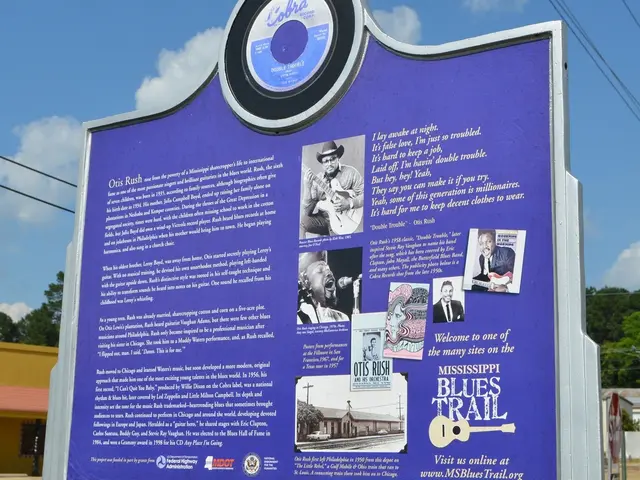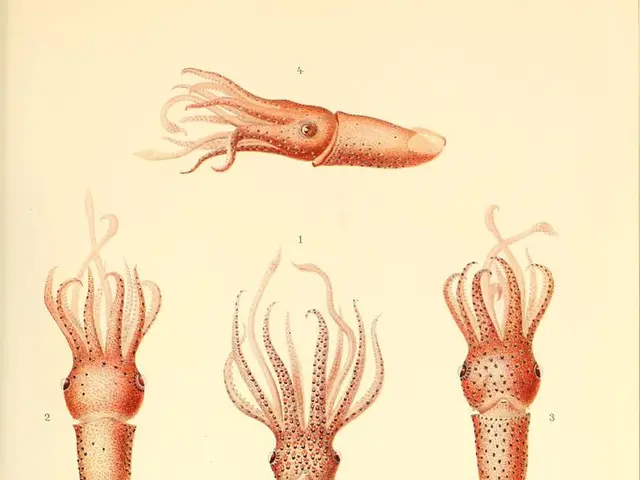Amateur Radio Operators Mobilizing for Signals Intelligence: Battlefield Radio Communications Under Scrutiny
Fishing for a good catch, ain't just about the bait and the boat, mate. It's mostly about catchin' fish, you know? After all, if you don't get any fish, ya gonna come home empty-handed. Strangely enough, this reminds me of World War II codebreaking, specifically at the famed Bletchley Park.
While everyone knows about Alan Turing and the codebreakers, fewer folks have heard of Arkley View. The British knew they had to intercept the vast amounts of Axis radio traffic, but with a literal radio army needed, they needed a solution.
The problem was addressed with the creation of the Radio Security Service (RSS), operating out of some unused prison cells in London. This phase saw experienced ham radio operators joining forces, using their own equipment initially. These catches were primarily after intercepting transmissions from enemy agents on home soil.
The war started, and the ham operators' transmitters were impounded. But they still had their receivers and could read Morse code like the back of their hand. Over time, this volunteer army of hams grew to about 1,500 members, with the RSS providing some radio gear to help.
Misunderstandings between agencies led to the RSS becoming SCU3 (Special Communications Unit 3) under MI6. Some operators were even drafted into the Army, sort of, wearing uniforms while avoiding normal military duties.
The volunteers processed logs at Arkley View, classifying and correlating them. They would also identify unidentified stations and submit logs. Those working on direction-finding operations came from the volunteers. They used directional arrays to pinpoint signals and took bearings to determine the direction of transmission.
They had some amazing catches, like Helena Crawley and her husband Leslie, relocated to Orkney to copy radio traffic from Norway. In 1941, a single operator recorded a 4,429-character message, lying in bed thanks to a landmine injury during World War I. He was awarded the British Empire Medal and a personal letter from Churchill himself.
These intercepts were critical as they allowed the British to identify potential German agents before they set foot on British soil. Of the 120 agents arriving, nearly 30 were turned into double agents. Others were arrested and might have been executed.
By the end of the war, SCU3 had decoded around 250,000 intercepts. This demonstrates the cleverness of MI5, who recognized the potential in leveraging a large number of trained radio operators to cover the country and free up military stations for other tasks.
Even on the other side of the Atlantic, the FCC was clever enough to come up with a similar plan. The charm of ham radio operators and their crucial role in the war effort was even the subject of a BBC documentary. So, when you're sitting there on your radio, twiddling your knobs and catching Morse code, remember you're a vital part of history!
- The war effort during World War II relied on a vast network of ham radio operators, who used their receivers as gadgets to intercept Axis radio traffic, playing a crucial role similar to fishing a good catch.
- The British harnessed the power of technology, particularly with the Radio Security Service and their use of ham radio operators, to intercept enemy transmissions, much like modern-day hackers prey on digital signals and information.








